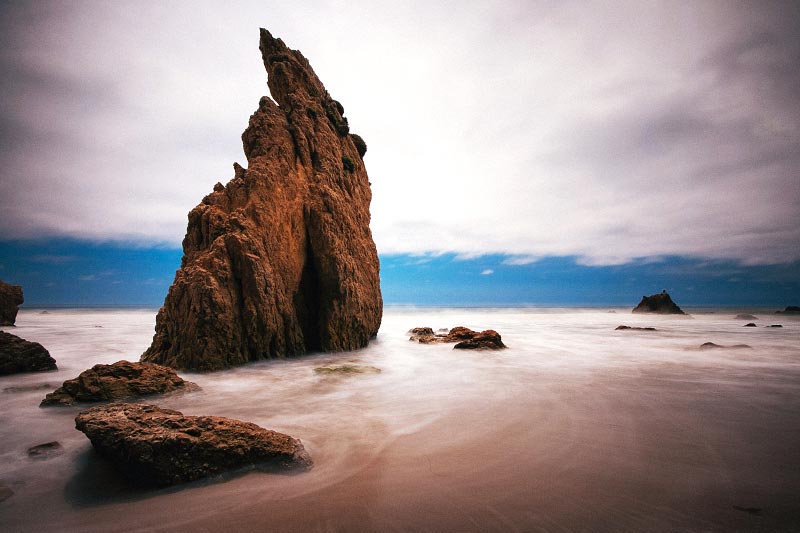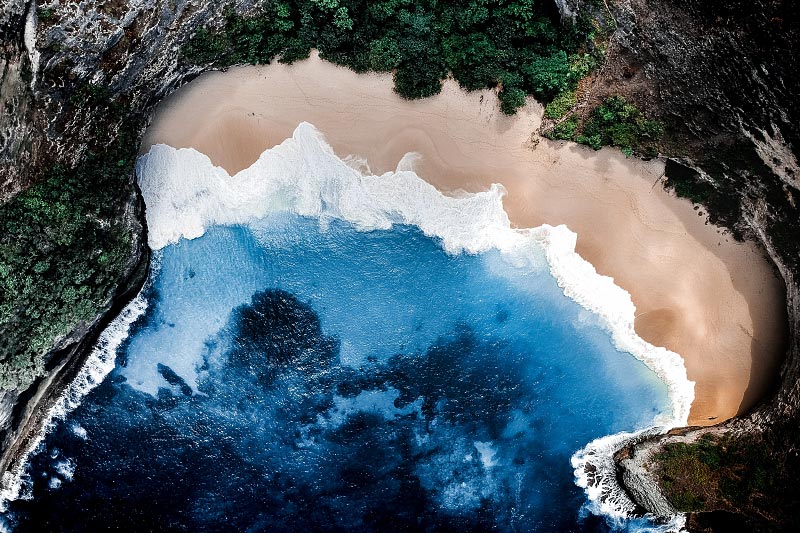Pyramids of Giza: Necropolis of Giza

At the very edge of the vast Western Desert, before the sprawling and bustling city of Giza, lies the magnificent Necropolis of Giza. This ancient site is home to the Great Pyramids and their funerary temples, subsidiary pyramids, the Great Sphinx, mastabas, and tombs. It is an awe-inspiring sight that has captured the imagination of people around the world for centuries.
The Necropolis was built during the 4th Dynasty, between circa 2575 and 2465 BC, and it is believed that the most fascinating history of the site lies with the three largest pyramids and the Great Sphinx. This area has been designated as a UNESCO World Heritage Site since 1979, and it attracts millions of visitors each year.
The pyramids at Giza are the final resting place of one royal family. Beginning with Pharaoh Khufu, his pyramid was known as the Great Pyramid because it was the tallest at 479ft (146m) with each side 754ft (230m) long. The Great Pyramid is also the only surviving architectural site on the Seven Ancient Wonders of the World list. It took 20 years to build and a total of 2.5 million blocks, with each block weighing an average of 2.5 tonnes. The pyramid was topped with a triangular capstone covered in gilt, but it is no longer on it. To the east of his pyramid are three small subsidiary pyramids used as burial grounds for family members. To the south are two boat pits. One of them was excavated, and within the pit was a jumble of 1224 pieces of wood. After several years, it was pieced together into a 142ft (43m) long funerary boat. It remains on site inside a custom-built museum.
As usual, the exact length of Khufu’s reign is debated. According to Manetho, an ancient historian, Khufu reigned for 63 years, however, modern historians believe it to be more like 26-46 years. Not much is known about him, besides having two wives and several offspring. He was succeeded by his son, Djedefre, who was then succeeded by his brother, Khafre, who built the second pyramid.
Khafre was considered a cruel and heretical ruler who wanted his pyramid to be bigger than his father’s. The pyramid is set in the middle of the three, and although it seems taller because it was built on higher ground, the pyramid is actually 19.6ft (6m) shorter than Khufu’s. To the east of his pyramid is his funerary temple and linked via a causeway is the Great Sphinx. To the south is a subsidiary pyramid, but it is not known to whom it belongs. Khafre’s pyramid is the only one that still has the capstone on it.
The smallest pyramid belonged to Menkaure, the son of Khafre and grandson of Khufu. His pyramid stands at 213ft (65m), less than half the height of the other two. What is also noticeable is that the building materials used are different. Both Khufu and Khafre’s pyramids’ outer core was covered in expensive white limestone slabs. Menkaure’s pyramid had limestone on the top two-thirds; however, the bottom third, which is still in place today, was covered in cheaper blocks of granite.
Menkaure, a pharaoh of the 4th Dynasty in Ancient Egypt, was known for his kindness and wisdom. He was fair in his judgments and showed consideration for his people by not forcing them to work as hard on his pyramid as his predecessors did. To the south of his pyramid, there are three smaller pyramids believed to be the final resting places of his two wives and a daughter. Menkaure had two sons, but the older one died before him, leaving the younger son to succeed him as the last pharaoh of the 4th Dynasty.
In an interesting turn of events, in the 12th century, Saladin’s son, a Kurdish heir, tried to demolish the pyramids to erase all traces of Egypt’s power. He started with Menkaure’s pyramid but after eight months of little progress – they could only remove one or two stones per day – he abandoned the effort. However, he left a large vertical gash on the northern face of the pyramid.
On the east side of the Necropolis stands the Great Sphinx, the largest statue in the world, measuring 240ft long, 66ft high, and 62ft wide. The sphinx has the body of a lion and the head of a human believed to be that of Pharaoh Khafre. The sphinx was carved from a small hill of solid limestone and used to be painted red and yellow, but the paint has worn away over time. The drifting sand eventually buried the sphinx up to its shoulders. Evidence suggests that attempts to restore the sphinx were made during the New Kingdom era by Pharaoh Thutmose IV, but it wasn’t until the early 19th century that the Sphinx was finally excavated. Archaeological studies also concluded that the sphinx’s nose was intentionally removed sometime between the 3rd and 10th centuries AD, possibly due to iconoclasm.
Sometime between 2181-2040BC, Giza was abandoned, and pyramid-building ceased. Low crop yields in the 5th and 6th Dynasties led to widespread famine and a greatly reduced workforce. As a result, the Necropolis fell into decay, and tomb robbers looted the buried treasures. Many succeeding pharaohs during the Middle Kingdom broke up temples and walkways to reuse the materials on their own projects. By the New Kingdom, reigning pharaohs dedicated themselves to preserving the area.
Khaemweset, the fourth son of Rameses II, was considered the “first Egyptologist” because of his commitment to restoring and preserving Giza. His efforts are well documented.
At the turn of the 19th century, as part of his Egyptian campaign, Napoleon Bonaparte brought a team of experts to record their discoveries about Giza. However, the most widely recognized archaeologist of the site is Sir William Flinders Petrie, who made vast contributions to Egyptology. One of his greatest discoveries was when a worker found a small headless statue with a pharaoh’s name at the bottom. Through careful excavation, the head was found, turning out to be the only known image of Khufu, the builder of the Great Pyramid.
Want to join this challenge? Click here.
More from the Pyramids of Giza Challenge:







Keep In Touch